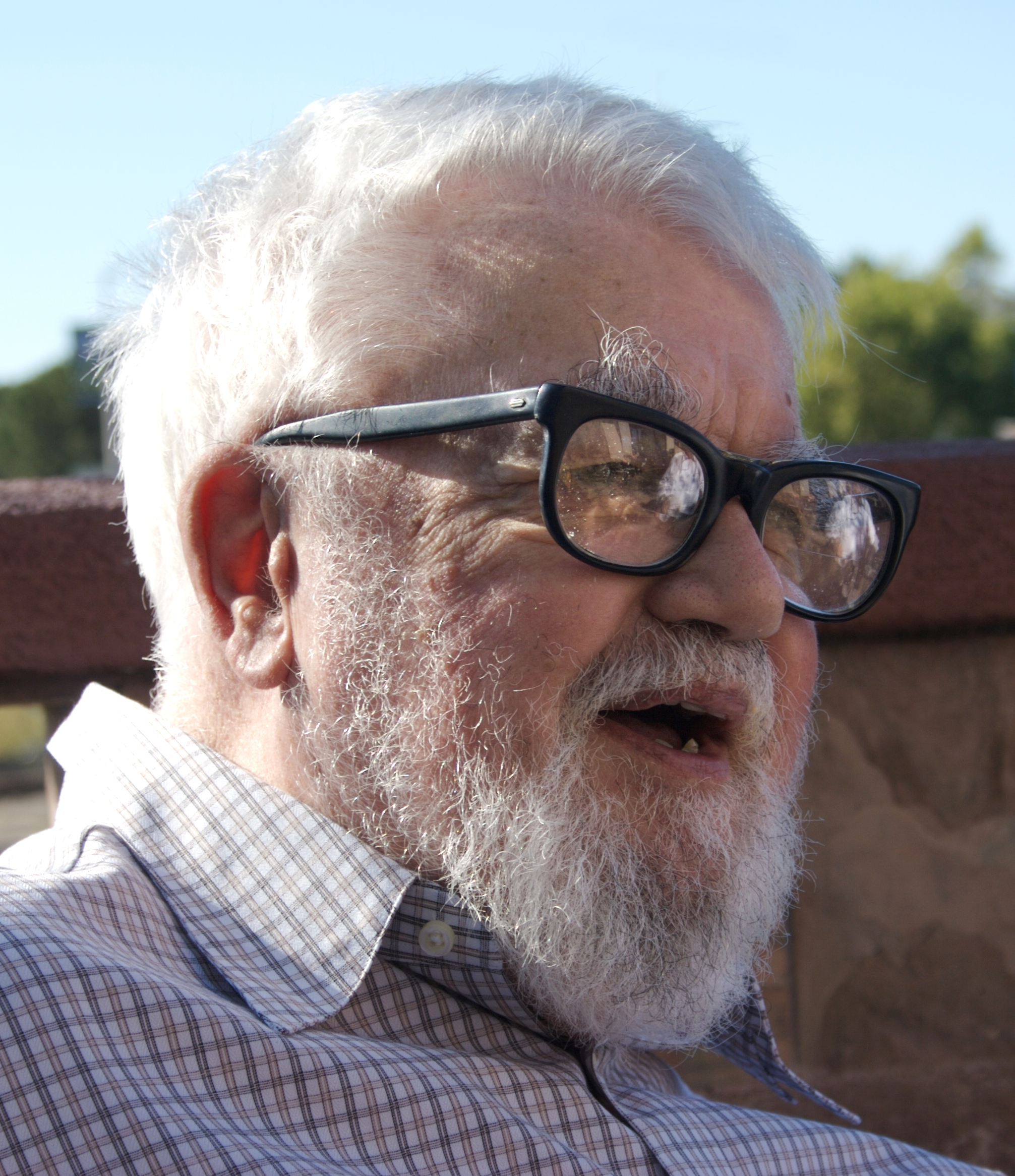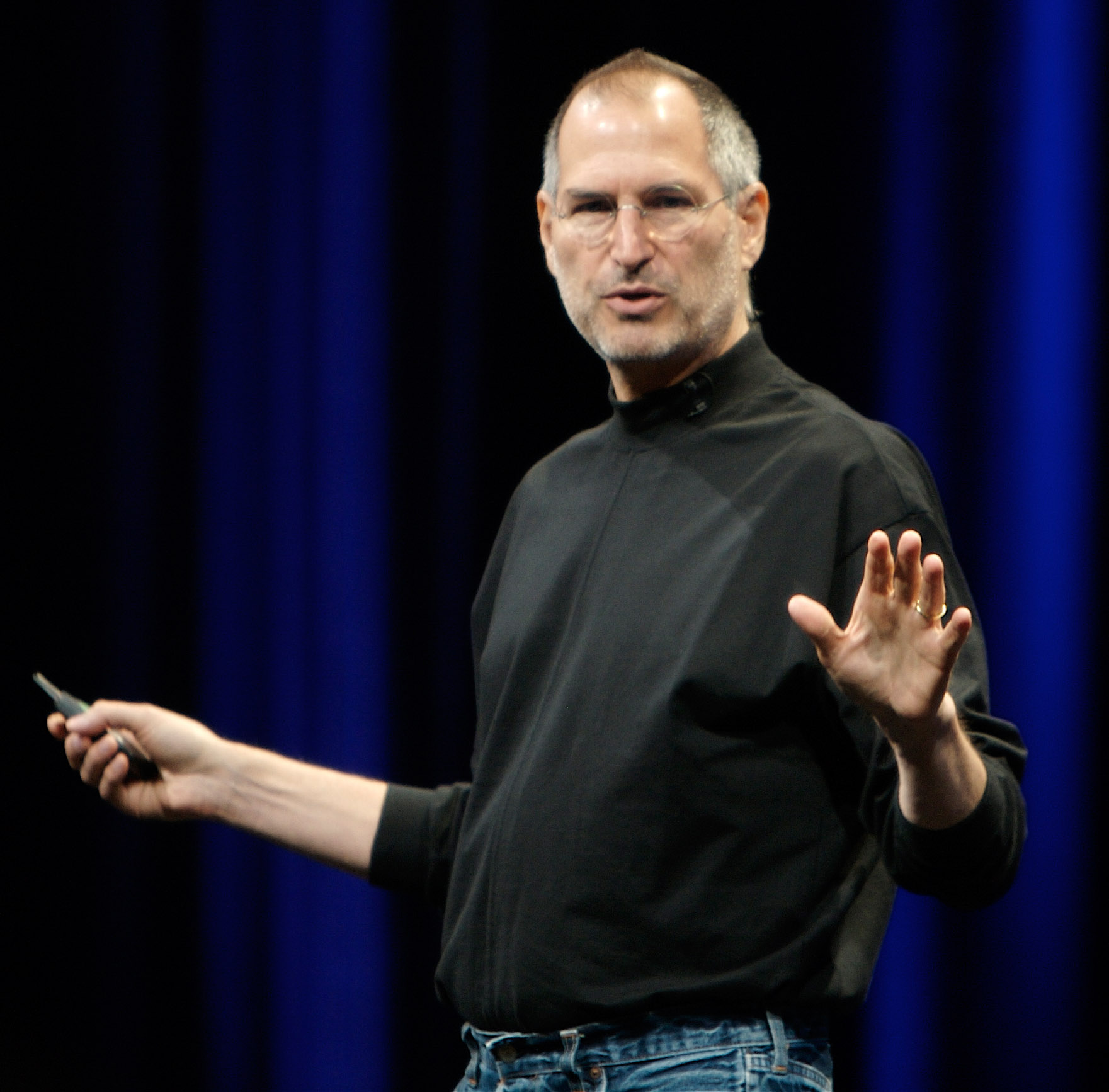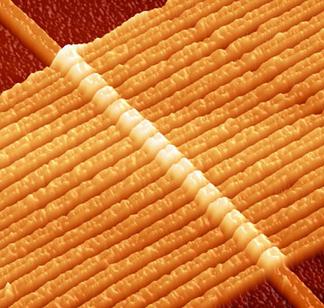Just updated to iOS 6. So far so good. Just want to share the first experience.
Update take around 3-4 hours to complete including download.
Map: If you use iPhone 4S like me, the flyover will only utilize one-third of the screen. I think it may be due to the processing power requirement of 3D flyover feature, which uses vector graphics. However, it is the mostly complained feature so far.
The 3D / satellite view is a mazing though it is still limited to selected area.
Facebook Integration: You can update your contacts with information from Facebook such as photo, birthday, spouse, IM etc.
Mail: VIP allows alert and highlight mails from a group of persons important to you.
One of the glitches I have encountered is that, the Personal Hotspot feature doesn't work with my iPad which is still not yet upgraded.
While it shows connected, the iPad cannot use the iPhone as a router to access internet. Probably it will take a few months to smooth the edges.
Friday, October 5, 2012
Tuesday, September 11, 2012
Amazing Robots from Boston Dynamics
They are also working on several interesting robots like one that runs 28mph. Another can climb on walls. One can even jump 30 ft high to the roof of a house.
Monday, June 18, 2012
MCP1700 LDO Voltage Regulator from MicroChip
I am building a MIDI player using Arduino platform since I got Arduino Duemilanove in late 2009. A year later, I came up with a working (but not perfect) version. This year I tried to build a breadboard version. The next target ? Of course a standalone portable version on PCB. The problem is, how to power up my little gadget with batteries like CR2032.
After searching the web and I finally decided to use MCP1700 from MicroChip. It is a LDO voltage regulator in TO-92 package.
http://ww1.microchip.com/downloads/en/DeviceDoc/21826b.pdf
I have bought a few of them for my battery-powered projects.
After searching the web and I finally decided to use MCP1700 from MicroChip. It is a LDO voltage regulator in TO-92 package.
http://ww1.microchip.com/downloads/en/DeviceDoc/21826b.pdf
I have bought a few of them for my battery-powered projects.
Monday, October 31, 2011
RIP to Steve Jobs, Dennis Ritchie and John McCarthy
October 2011 is the month that three great persons in IT industry left us behind:
Everyone knows Steve Jobs but Dennis Ritchie and John McCarthy are both famous among IT people.
In addition to the proximity of their dates of death, they have something in common. All of them are pioneers and visionaries. They all love simplicity and elegance.
LISP has only just a handful of constructs (atoms, lists, variables, constants and functions) and made a program itself as a data structure that can be manipulated by the program itself. It also pioneered the concept of garbage collection common to all modern programming languages.
C allows us to write efficient programs yet ignoring the underlying hardware architecture (to certain extend). It is used everywhere from your video recorders to supercomputers. It is now the second most popular programming language just behind Java (which itself heavily borrowed from C syntax)
Apple I is the first commericalized personal computer though may limited to electronic hobbyists. Apple II is a well received personal computer that once made Apple a fast growing company in the time, not to mention iPhone and iPad which change the games in phones and mobile computing.
 | John McCarthy (1927-2011) - The inventor of LISP programming language, father of AI and functional programming and time sharing systems. |
Dennis Ritchie (1941-2011) - The inventor of the C programming language and Unix operating system which bring us the portability and allow a higher level of application development. The famous Linux and Mac OSX are both Unix variants which inheriting its reliability. | |
 | Steve Jobs (1955-2011) - revolutionized several industries - personal computers, movies, musics and phones, brought us several fancy products including iPod, iPhone and iPad, not to mention Apple II which started the era of PC. |
In addition to the proximity of their dates of death, they have something in common. All of them are pioneers and visionaries. They all love simplicity and elegance.
LISP has only just a handful of constructs (atoms, lists, variables, constants and functions) and made a program itself as a data structure that can be manipulated by the program itself. It also pioneered the concept of garbage collection common to all modern programming languages.
C allows us to write efficient programs yet ignoring the underlying hardware architecture (to certain extend). It is used everywhere from your video recorders to supercomputers. It is now the second most popular programming language just behind Java (which itself heavily borrowed from C syntax)
Apple I is the first commericalized personal computer though may limited to electronic hobbyists. Apple II is a well received personal computer that once made Apple a fast growing company in the time, not to mention iPhone and iPad which change the games in phones and mobile computing.
Saturday, November 27, 2010
First Thought Controlled Prosthetic Arm Ready For Production
Christian Kandlbauer, the first man in Europe to have a thought-controlled prosthetic arm installed which is developed by a German company, Otto Bock Healthcare. The arm makes use a technology called TMR (targeted muscle reinnervation) where nerves that once controlled a lost limb are used to control a prosthesis.
Source: BCC
Friday, October 22, 2010
HRP-4C
With height of 158cm and weigh 43kg, HRP-4C reassembles the size of an average Japan girl. Sooner in the future, these humanoid robots will appear everywhere. They can be workers or even companions of many singles.
Friday, April 30, 2010
The Fourth Element in Electronics - Memristor
 Researchers said that the fourth basic element (the first three are resistor, capacitor and inductor) has been found - it is called memristor.
Researchers said that the fourth basic element (the first three are resistor, capacitor and inductor) has been found - it is called memristor. It can remember the amount of charge flowed through it after power is switched off.
In short run, it can be used to build competitor of flash. It will happen in coming few years.
In long run, it can replace transistor as the major building block of chips.
In future, storage and processing will be in the same device. But it will only happen after a decade.
The discovery of memristor allows Moore's Law to continue as researchers are hitting the wall with transistors. Memristors allow them to continue to pack more components into the chips.
Subscribe to:
Posts (Atom)

